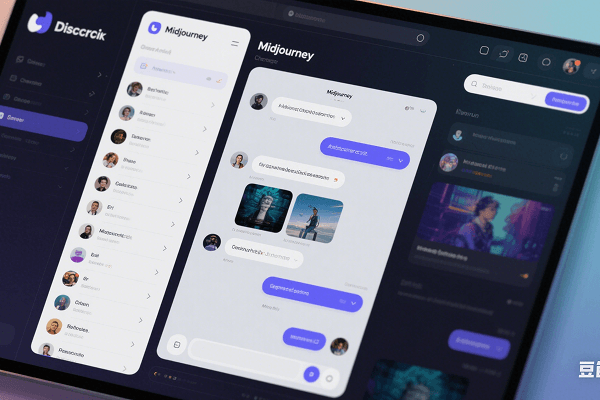


Browser emulation input: the core technology behind anti-browser detection
 2025.08.16 03:48
2025.08.16 03:48
In scenarios requiring multi-account management, such as cross-border e-commerce and social media marketing, platforms' anti-fraud systems constantly monitor user behavior. Keyboard input patterns are critical indicators for detecting automated operations. Directly using Ctrl+V to paste text can easily be judged as machine-like behavior, leading to account restrictions. While manual typing appears natural, it is inefficient and exposes unique typing rhythms (e.g., keystroke timings), which may create cross-account association risks.
Simulated Input Technology (such as Human-Like Input HLI) emerged as a solution. It mimics real users' keyboard event sequences (e.g., keydown, keyup) and modifier key states (Shift, Ctrl), restoring the randomness and rhythm of human input when pasting text. For example:
• Precise Event Triggering: Inputting a capital "T" requires triggering a Shift key press event simultaneously while generating the correct event.key value ("T" instead of "t").
• Input Type Masking: Avoid exposing "insert from paste" tags by generating "insertText" events instead, tricking platforms into perceiving manual input.
• Dynamic Rhythm Simulation: Generate varying keystroke timings for different accounts to prevent cross-account association through typing DNA.
BitBrowser excels in this technology. Its simulated input functionality deeply replicates the underlying behavior logic of real browsers:
1. Full Fingerprint Environment Support: Automatically matches time zone, language, resolution, etc., to the proxy IP, ensuring input behavior aligns with geographical data.
2. Event-Level Simulation Optimization: Accurately handles keyboard event properties like keyCode and inputType, avoiding common flaws in competing tools such as missing modifier keys or disordered event sequences.
3. Multi-Scenario Compatibility: Successfully passed registration and login tests on behavioral detection platforms like TypingDNA, with steadily increasing counters proving its simulation effectiveness.
Industry comparisons show that some competitors only perform simple character-by-character pasting (triggering insertFromPaste events) or ignore Shift key states, leading to failed detection avoidance. BitBrowser's simulation logic, however, aligns closely with genuine Chrome input behaviors, significantly reducing association risks.
Why Choose BitBrowser?
Whether managing Amazon stores, operating multiple TikTok accounts, or handling overseas ad campaigns, BitBrowser provides a one-stop anti-detect solution:
• 10 Free Environments: Launch multi-account management at zero cost with cross-platform Windows/macOS support.
• Automation Integration: Seamlessly integrates with Selenium and Puppeteer while maintaining the authenticity of simulated inputs during batch operations.
• Proxy IP Synchronization: Built-in proxy manager (supporting HTTP/SOCKS5) automatically syncs IP location with browser fingerprints (time zone, language).

Imagine: While competitors trigger platform risk controls with crude paste operations, you leverage BitBrowser simulated input to securely complete batch logins, product listings, or customer replies across 10 isolated environments—this is the operational barrier created by technological superiority.
Currently, BitBrowser offers limited-time free trials. Download and register now for ten permanently free windows.
 BitBrowser
BitBrowser
 Multi-Account Management
Multi-Account Management Prevent Account Association
Prevent Account Association Multi-Employee Management
Multi-Employee Management



